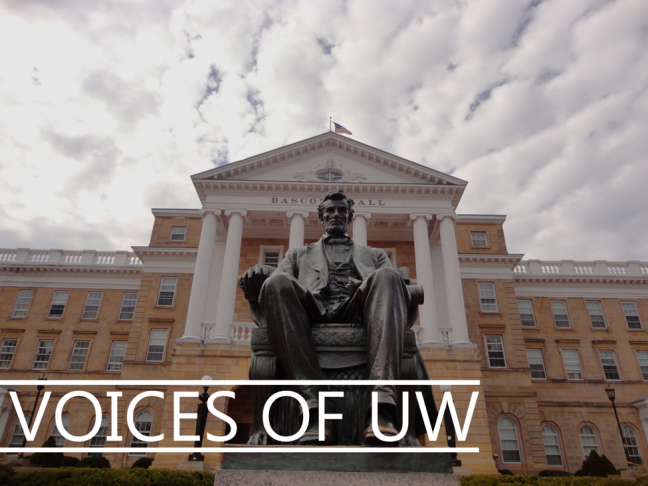Unionization has been a flashpoint issue in Wisconsin for several years because the idea of unions operating under compensation agreements similar to pre-recession contracts doesn’t sit well with many workers whose positions are too profit-oriented or economically valued to benefit from a union. Although I understand that school districts, municipalities and other governmental bodies do not exist to turn a profit, there should be some legally acceptable way of reversing the inertia unions have gathered over the years. The biggest problem with unions is their prevalent “increase compensation and/or benefits or we strike” mentality which creates overcompensation and requires wasteful, highly regulated bargaining and mediation procedures.
It’s worst in the public sector because, unlike in the private sector, unionized workers have no incentive to exceed performance standards. Taxpayers are over the barrel to pay them irrespective of the variation in quality among unionized worker performance. There is no imminent danger of losing jobs due to fiscal insolvency of the organization as there would be at a private firm. Unions simply negotiate another term of union contracts and then threaten a lawsuit against the school district, municipality or state if the employing governmental entity runs out of funds; the taxpayers are forced to finance the unionized windfall.
Unionized workers have brought the standard of compensation unsustainably far above those of their non-unionized counterparts, which the Economic Policy Institute reports is generally 17.5 percent above non-union pay nationwide and the Center for American Progress Action Fund reports is about 12 percent above non-union pay in Wisconsin. For starting wages, this translates to $8.52 hourly without benefits and $10.90 therewith nationally, and to $8.12 hourly without benefits and $10.39 therewith in Wisconsin. So compared to the starting compensation of otherwise minimum-wage jobs with no health care coverage or retirement package, unions bestow an additional $3.63 per hour, $104.80 per week or $5,240 every 50 work weeks per employee in combined wage and benefits. Throughout the typical working lifetime of a unionized employee, ages 18 through 55, the employer pays at least one hundred and ninety nine thousand beyond what such employee would be legally entitled to, for this number does not take into account the inevitable cost-of-living adjustments to both wage and benefits.
Multiply that amount by the number of unionized employees, and that is quite a lot of wealth diverted to unskilled and semi-skilled workers. High-skilled workers earn what they do because there is economic demand for their output, whereas the less-skilled workers rely upon unions to counter the low economic demand for their respective labor outputs. This is a gross distortion of the markets, which disincentivizes laborers to take out student loans for occupational training, which would lead to more economically valued, high-skilled jobs. Why “better yourself through higher education,” as the clich? goes, when you can get by comfortably on the inflated wages of unskilled and semi-skilled occupations?
Union members should live by my example: I’ve profited every employer I’ve ever worked for, after accounting for compensation paid to me. And although the most I’ve ever been compensated in a year was $15,000 among non-work study student jobs and other temporary positions (without any benefits to speak of), I’ve lived just fine and am confident I can continue this net profitability streak even when promoted to a position which pays more than $30,000 annually with modest benefits.
If I can do it, then why can’t union members do the same? Is it because they had a family before they had accrued an adequate nest egg and now they need to poach the public till to finance their lifestyles? What other excuses exist? As even the union-advocating labor economists Mishel & Walters admit, union wage premiums are greatest for low- and middle-wage workers but virtually nonexistent for high-wage workers. This reflects an exaggeration of the useful value of unionized work activities, as the removal of union influence would produce significantly lower wages and benefits.
Joseph Ohler Jr. ([email protected]) is a graduate of the Public Administration Program at the University of Wisconsin-Milwaukee.











